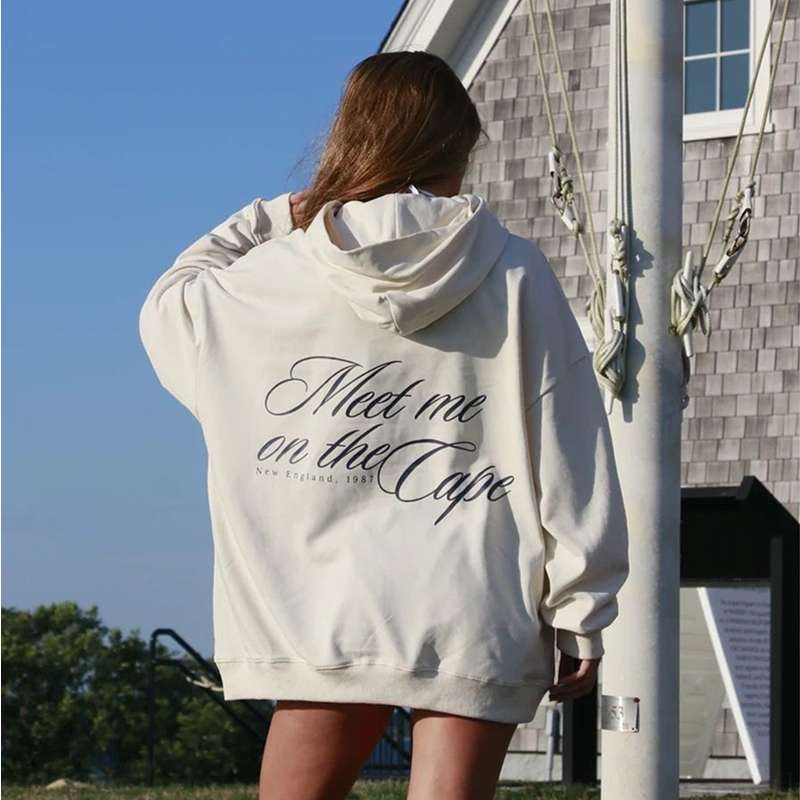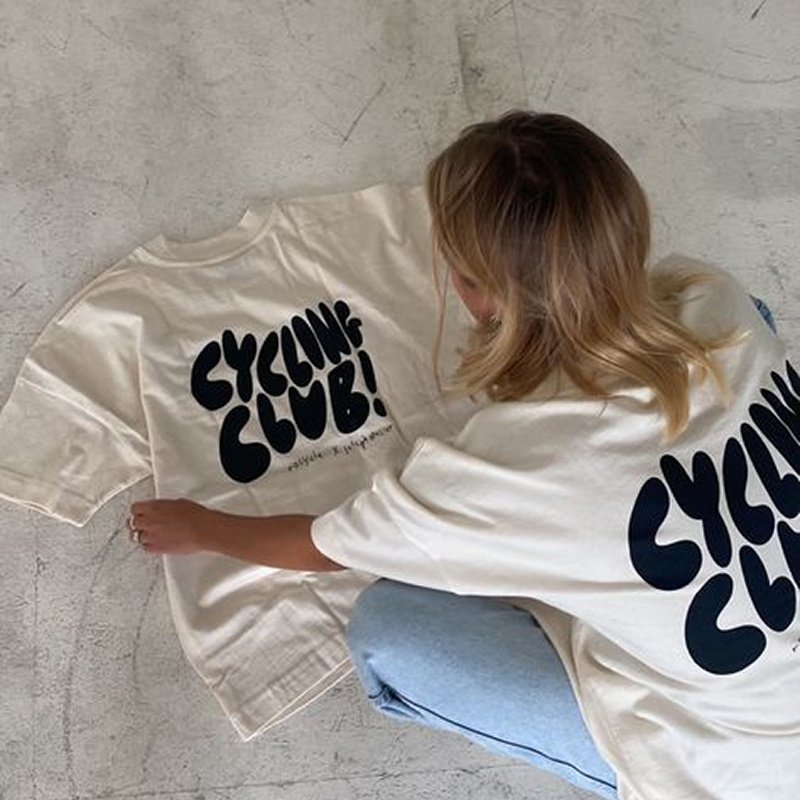Introduction: Fashion as Language
Clothes don’t just cover us—they speak for us. Few garments prove this better than the T-shirt and the hoodie. These two simple pieces of clothing, born from utility, have become powerful symbols of identity, protest, belonging, and rebellion.
The T-shirt and hoodie are not defined by design complexity, but by their cultural weight. They are blank canvases, uniforms of comfort, and political billboards. They bridge high fashion and streetwear, individual style and collective identity.
This essay explores how these garments—humble in origin but monumental in impact—came to shape movements, communities, and personal expression across the globe.
Chapter 1: The T-Shirt as a Voice
A Canvas for Ideas
Unlike tailored garments, the T-shirt is flat, visible, and printable. That made it the perfect medium for slogans, logos, and art. From band merch to political statements, the T-shirt became the billboard of the body.
- 1960s Protest Shirts: Anti-Vietnam War T-shirts with peace signs and anti-draft slogans.
- 1970s Rock ‘n’ Roll Tees: Bands like The Rolling Stones and Pink Floyd selling identity through T-shirts.
- 2000s Graphic Explosion: Streetwear brands like Supreme and Stüssy turning T-shirts into art.
Branding and Belonging
Wearing a T-shirt is often about signaling identity. A Nike swoosh, a punk slogan, or a feminist phrase all declare: This is who I am. This is what I believe.
The T-shirt democratized identity. Anyone could print a message, and anyone could wear one.
Chapter 2: The Hoodie as Identity
Concealment and Power
Unlike the T-shirt, which announces, the hoodie often conceals. The hood can hide the face, granting anonymity. This anonymity has been linked to both fear and freedom:
- To authorities, the hoodie can symbolize danger or crime.
- To wearers, it provides safety, privacy, and belonging.
The Hoodie as Protest
When protesters wear hoodies, they transform the garment into a uniform of solidarity. After the killing of Trayvon Martin in 2012, millions wore hoodies to demand racial justice. The hoodie became a symbol of mourning and resistance.
Youth and Rebellion
For teenagers and young adults, the hoodie is armor against the world—a cozy garment that says leave me alone. That subtle rebellion is part of its charm.
Chapter 3: Cultural Crossroads – Where T-Shirts and Hoodies Meet
Music and Subcultures
Both garments have thrived in music culture:
- Punk: Ripped T-shirts with safety pins and slogans.
- Hip-Hop: Oversized hoodies and graphic tees.
- Grunge: Faded band tees and flannel-layered hoodies.
Music and fashion are inseparable, and T-shirts/hoodies became uniforms of sound and style.
Streetwear’s Unifying Force
Streetwear, as a fashion movement, was built on the T-shirt and hoodie. Supreme, BAPE, Off-White, and Palace elevated these basics into luxury collectibles. Limited-edition drops turned hoodies and tees into objects of hype, status, and culture.
High Fashion Recognition
What was once cheap and casual is now celebrated on runways. Designers like Virgil Abloh, Demna Gvasalia, and Raf Simons blurred the line between luxury and streetwear, proving that culture shapes value.
Chapter 4: Protest, Politics, and Power
T-Shirts as Political Tools
- “I ♥ NY” (1977): From slogan to cultural icon.
- “Choose Life” (1980s): Katharine Hamnett’s bold political tees.
- “We Should All Be Feminists” (2010s): Dior runway statement turned global movement.
These garments show how a T-shirt can carry ideology into the mainstream.
Hoodies in Social Justice
- #JusticeForTrayvon: Hoodie protests against racial profiling.
- Occupy Wall Street: Protesters in hoodies symbolizing anti-corporate rebellion.
- Climate Strikes: Youth activists wearing hoodies to symbolize generational unity.
The hoodie’s power lies in visibility and unity—a simple garment that anyone can afford, but that can stand for something larger.
Chapter 5: The Psychology of Comfort and Belonging
Why We Love Them
Both T-shirts and hoodies are soft, familiar, and comforting. They are often tied to memories: a concert tee, a school hoodie, a travel souvenir.
Wearing them is not just about fashion—it’s about carrying experiences and affiliations.
Collective Identity
When groups wear the same hoodie or T-shirt, they create instant community. From sports teams to activist groups to startup employees, these garments serve as uniforms of belonging.
Chapter 6: The Dark Side of Cultural Symbolism
Stereotyping
- T-shirts with political slogans can provoke hostility.
- Hoodies have been racially profiled, associated with crime.
Garments that express identity can also expose wearers to judgment or danger.
Commercialization
What begins as authentic cultural expression often becomes commodified. A protest slogan may be copied by fast fashion; a subculture’s hoodie becomes a $1000 runway piece. The line between authenticity and exploitation is blurred.
Chapter 7: Global Spread and Local Adaptations
Beyond the West
- In Japan, graphic tees became tied to Harajuku fashion.
- In Africa, hoodies blend with vibrant local prints.
- In the Middle East, modest layering styles incorporate hoodies with abayas and long coats.
Globalization means the T-shirt and hoodie adapt to local culture while maintaining their universal DNA.
A Universal Language
In every corner of the world, these garments carry meaning. They are common threads in a diverse tapestry of cultures.
Chapter 8: The Future of T-Shirts and Hoodies in Culture
Sustainability and Responsibility
As the world grapples with climate change, both garments face scrutiny. They are among the most mass-produced items in fast fashion. The future demands:
- Organic cotton
- Recycled fibers
- Circular fashion models
Technology Meets Fashion
- Smart T-shirts that monitor health.
- Hoodies with built-in tech (heating, audio).
- Augmented reality graphics on digital fashion tees.
The future blends culture with innovation and ethics.
Conclusion: Threads of Identity
The T-shirt and hoodie are not simply clothes—they are statements, shields, and symbols.
- The T-shirt: bold, vocal, visible.
- The Hoodie: quiet, protective, rebellious.
Together, they form a duo that has shaped global culture. They are the garments of protest and belonging, rebellion and comfort, cheap basics and luxury icons.
In a world where identity is fluid and contested, the T-shirt and hoodie remain our most democratic garments—worn by all, owned by all, and reinterpreted endlessly.
Fashion speaks, and these two pieces will continue to tell humanity’s story for decades to come.



